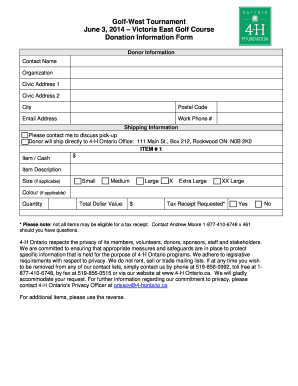

The latter two convert a desired shape into wide-spanning constructions that either weave multiple strips together or connect distant layers with each other, providing additional rigidity. The first case study applies physical and digital form-finding techniques to build a chaise lounge. The three built case studies exemplify how these methods integrate into the design process.

Form-conversion, conversely, begins with a predefined shape that is then discretized by strategic surface tiling and informed mesh subdivision, and which in turn considers the geometrical and structural constraints given by the plates. As a bottom-up approach, it begins with flat plates and recreates the bending and coupling process digitally to gradually determine the final shape. Previous research has focused mainly on form-finding. This paper introduces the core ideas behind bending-active structures, a rather new structural system that makes targeted use of large elastic deformations to generate and stabilize complex geometrical forms based on initially planar elements. The authors compare the two methods through close analysis of bending-active plate structures, discussing their advantages and disadvantages based on three built case studies. With this paper, the authors aim to contribute to the discourse on bending-active structures by highlighting two different design methods, form-finding and form-conversion. Bending-Active Plates: Form-Finding and Form-ConversionĪCADIA // 2016: POSTHUMAN FRONTIERS: Data, Designers, and Cognitive Machines Ann Arbor 27-29 October, 2016, pp.


 0 kommentar(er)
0 kommentar(er)
